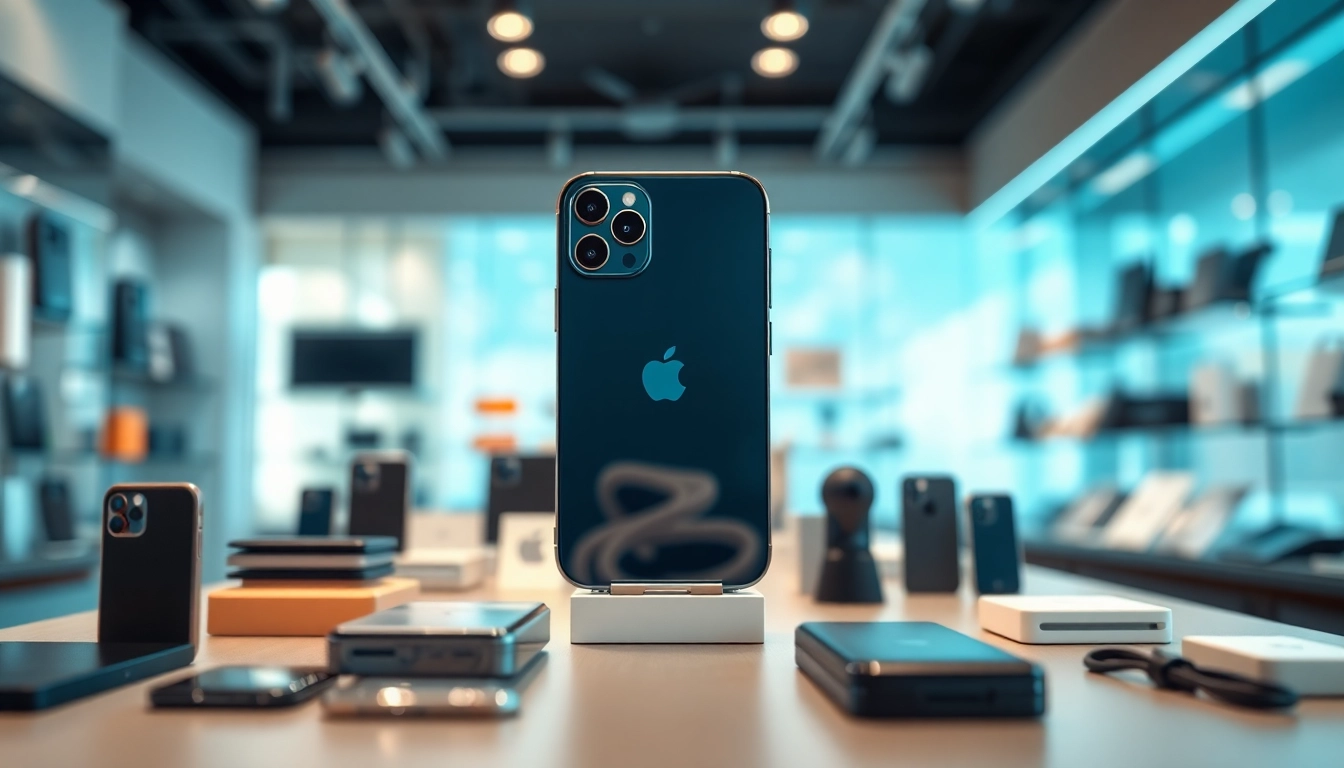Understanding Real Pokémon Cards
The excitement surrounding Pokémon cards transcends generations, captivating enthusiasts from various ages. With its rich history and array of collectible items, the quest for real pokemon cards becomes essential for anyone invested in both playing and collecting. As the market for Pokémon cards grows, so does the prevalence of counterfeit or fake cards, leading collectors to become more vigilant. This article delves into the characteristics that define authentic Pokémon cards, alongside practical advice on collecting, buying, and evaluating the condition of these cherished items.
What Makes Pokémon Cards Authentic?
Understanding Pokémon cards’ authenticity starts with recognizing their distinctive characteristics. Authentic Pokémon cards are produced by The Pokémon Company and display key features that distinguish them from counterfeits. These aspects include:
- Material Quality: Genuine Pokémon cards are made from a specific card stock that has a unique feel and texture. The cards are either glossy or matte depending on the series.
- Color and Printing Quality: Real cards exhibit vibrant colors, precise printing, and crisp lines, while counterfeits often sound dull or misaligned.
- Holographic Patterns: Many cards, particularly rare ones, have holographic elements that create specific reflections when tilted in light.
- Rulerography: Authentic cards feature a special code at the bottom left corner, used for quality control purposes.
Common Characteristics of Real Pokémon Cards
When assessing the authenticity of Pokémon cards, collectors should pay close attention to several common characteristics:
- Card Size: All legitimate Pokémon cards share a standard size of 63mm x 88mm. Variations in size could indicate a counterfeit product.
- Texture: Genuine cards have a slight texture that can be felt by touch, while fake cards may feel oddly smooth.
- Card Back: The back of each card features a specific design, which has undergone minor adjustments throughout various series releases. Misalignment or improper design can indicate a fake card.
Differences Between Real and Fake Pokémon Cards
While seasoned collectors can often distinguish real Pokémon cards from fakes, beginners may find it challenging. Here are key differences to check:
- Weight: Authentic cards usually weigh more due to the quality of materials used in their manufacture. Counterfeit cards often use inferior paper, making them lighter.
- Light Test: When real Pokémon cards are held to a light source, they allow some light to pass through, showcasing a specific opacity; counterfeit versions might be more opaque and block most light.
- Edge Quality: Genuine cards have smooth, polished edges, while fakes can have rough or uneven edges.
Where to Buy Real Pokémon Cards
Purchasing real Pokémon cards can be a daunting task, with the rise of online marketplaces and local shops. Understanding where to buy authentic cards will aid in building your collection without falling into the trap of counterfeits.
Top Online Retailers for Authentic Cards
When shopping for Pokémon cards online, it’s essential to purchase from reputable sources. Here are some of the best online retailers:
- Pokémon Center: The official Pokémon Center website provides a vast selection of cards, collectibles, and other Pokémon merchandise, ensuring that all items are authentic.
- TCGplayer: This platform connects buyers and sellers, allowing you to browse through thousands of listings for single cards, boosters, and packs. You can also read reviews for sellers to ensure their reliability.
- eBay: While eBay offers numerous listings, it’s crucial to scrutinize a seller’s feedback and search for items listed as “graded” by professional services to ensure authenticity.
Local Game Stores and Collectible Shops
Visiting local game stores and collectible shops can provide an opportunity to examine Pokémon cards up close. Many stores also host trading events, providing a fun environment to interact with fellow collectors:
- Game Shops: Your local retailers may have exclusive deals or limited edition cards that aren’t available online. Shopping in person allows you to check the cards’ quality before purchasing.
- Comic and Hobby Shops: Many comic and hobby shops carry Pokémon cards and often have in-house experts knowledgeable on what to look for.
Best Practices for Purchasing Safely
Regardless of where you shop, ensuring a safe purchase experience is critical when looking for real Pokémon cards. Here are best practices to follow:
- Do Your Research: Before making a purchase, research the seller or shop. Read reviews and check their reputation in the collecting community.
- Verify Grading: For high-value cards, seek professional grading services that can validate authenticity and provide a grade indicating the card’s condition.
- Return Policies: Always check the return policy. Authentic sellers offer guarantees if the items do not meet description standards.
Evaluating the Condition of Real Pokémon Cards
Condition is a critical factor that can significantly influence a card’s value. Understanding how to evaluate and protect your real Pokémon cards will contribute to your collection’s longevity and worth.
Grading Systems Explained
Evaluation systems for Pokémon cards utilize specific grading metrics, ensuring collectors have a standardized measurement for quality:
- PSA Grading: PSA (Professional Sports Authenticator) is among the most recognized grading services for trading cards. The scale ranges from 1 to 10, with 10 being Gem Mint, indicating flawless condition.
- BGS Grading: Beckett Grading Services (BGS) also offers structured grading, focusing on individual grades for centering, corners, edges, and surface.
- CGC Grading: Although primarily known for comics, CGC also grades trading cards using their system, awarding a numerical grade and offering protective casing.
How to Assess Card Condition
When assessing the condition of a card, collectors should consider various factors, including:
- Visual Inspection: Check for any damages such as bends, scratches, or discolorations. A magnifying glass can help spot minute imperfections.
- Light and Angle Test: Hold the card under a good light source at different angles to better see any surface imperfections that may not be visible under normal lighting.
- Edge and Corner Quality: Ensure edges are smooth and not frayed; corners should be sharp without any rounding.
Importance of Protecting Your Collection
Proper protection is essential to maintain the condition of your Pokémon card collection. Follow these tips for protection:
- Use Sleeves: Place each card in a protective sleeve to prevent scratches and dust from accumulating.
- Store in Binders: Utilize binders with plastic pages to store cards safely. Avoid placing too many cards in one sleeve to minimize pressure and bending.
- Temperature Control: Store cards in a climate-controlled place to avoid damage from humidity and extreme temperatures.
Popular Sets of Real Pokémon Cards
The popularity of certain Pokémon card sets can greatly influence a collector’s investment and focus, making it essential to understand the landscape of available options.
Overview of Valuable Card Sets
Several Pokémon card sets have gained significant value and popularity over the years. The following sets are noteworthy for collectors:
- Base Set: The original Pokémon Base Set contains several iconic cards, including Charizard and Blastoise, immensely sought after by collectors.
- Neo Genesis: This set introduced the second generation of Pokémon and features valuable cards such as Lugia and Typhlosion.
- Shining Legends: Known for its shiny Pokémon, this set features rare cards that are not only beautiful but also highly sought after for collection.
Collecting Vs. Playing: Which Sets to Choose?
When deciding on what sets to collect, it’s essential to consider your purpose. Some sets are better suited for playing while others are more valuable for collectors:
- Playing Sets: Look for sets that include cards used in competitive play, as they often provide better strategies and deck support.
- Collector Sets: Rare cards with unique artwork or limited print runs may appreciate over time, making them ideal for investment.
Trends in Real Pokémon Card Collecting
The collecting space for Pokémon cards has evolved, driven by trends driven by nostalgia, strategy, and investment potential:
- Market Impact: The rise of social media has made sharing collections more common, increasing interest in certain cards and sets.
- Investment Opportunities: More collectors view their collections as investments, leading to higher demand for pristine condition cards.
Ensuring the Authenticity of Your Collection
Maintaining the integrity of your collection requires diligence and vigilance to avoid counterfeits and to build a genuine array of real Pokémon cards.
Tips for Spotting Counterfeits
It can be difficult to identify fake cards, especially for inexperienced collectors. Here are tips to assist in spotting counterfeits:
- Check for Common Signs: Familiarize yourself with reprints, promotions, and special editions to have a baseline for authentic appearances.
- Ask Experts: Don’t hesitate to reach out to experienced collectors or professionals for advice on checking authenticity.
- Use Technology: Modern technology can help, with various apps developed to assist collectors in verifying the authenticity of cards.
Using Professional Grading Services
Professional grading services like PSA or BGS can significantly boost the confidence of both collectors and investors regarding the authenticity and value of cards. Here’s how to utilize them effectively:
- Understand Their Process: Familiarize yourself with the grading process, fees, and the time frame for receiving graded cards back.
- Select the Right Card: Not all cards need grading; select those of higher value or condition to maximize processing benefits.
Building an Authentic Collection in the Long Run
As you grow your Pokémon card collection, focus on authenticity and quality to ensure its long-term value. Here are strategies to build an authentic collection:
- Start Small: Begin with a modest collection and expand gradually, focusing on genuine cards that you enjoy.
- Network with Other Collectors: Joining local collecting clubs or online communities can provide resources and help improve your collection strategy.
- Stay Updated: Continuously educate yourself about the market trends, new releases, and expert opinions on collecting strategies.



